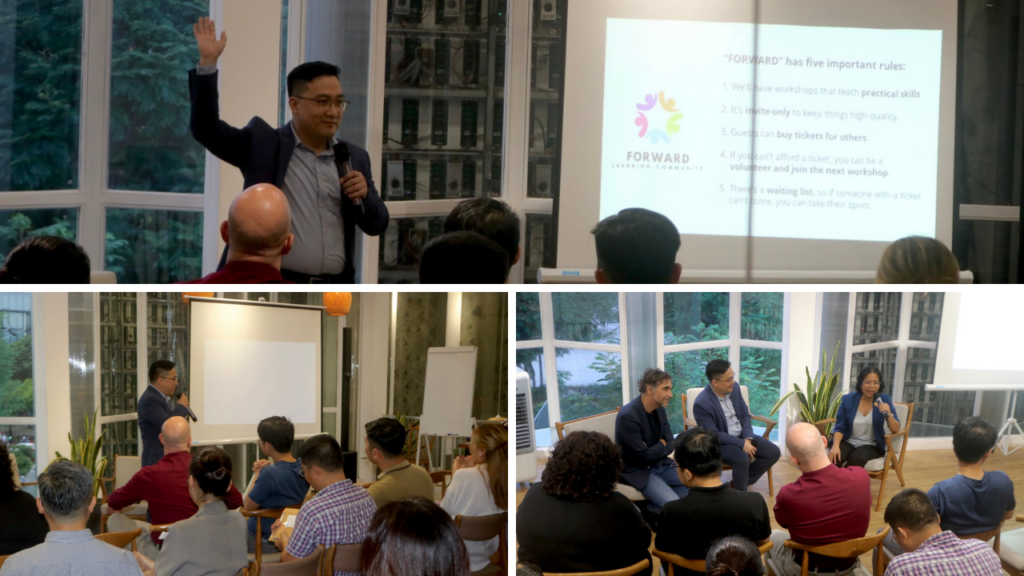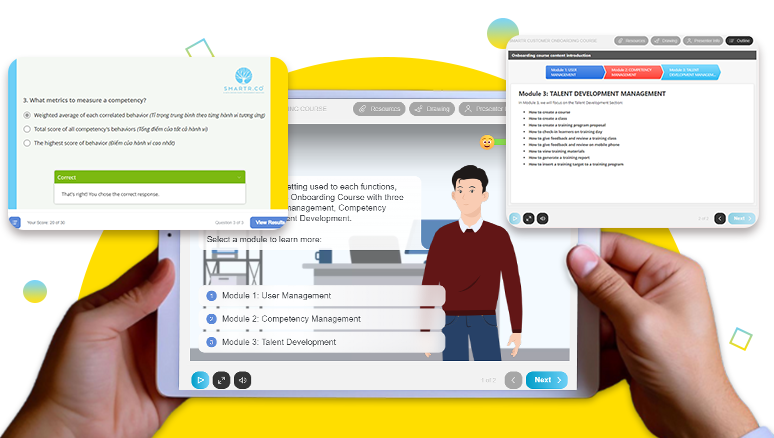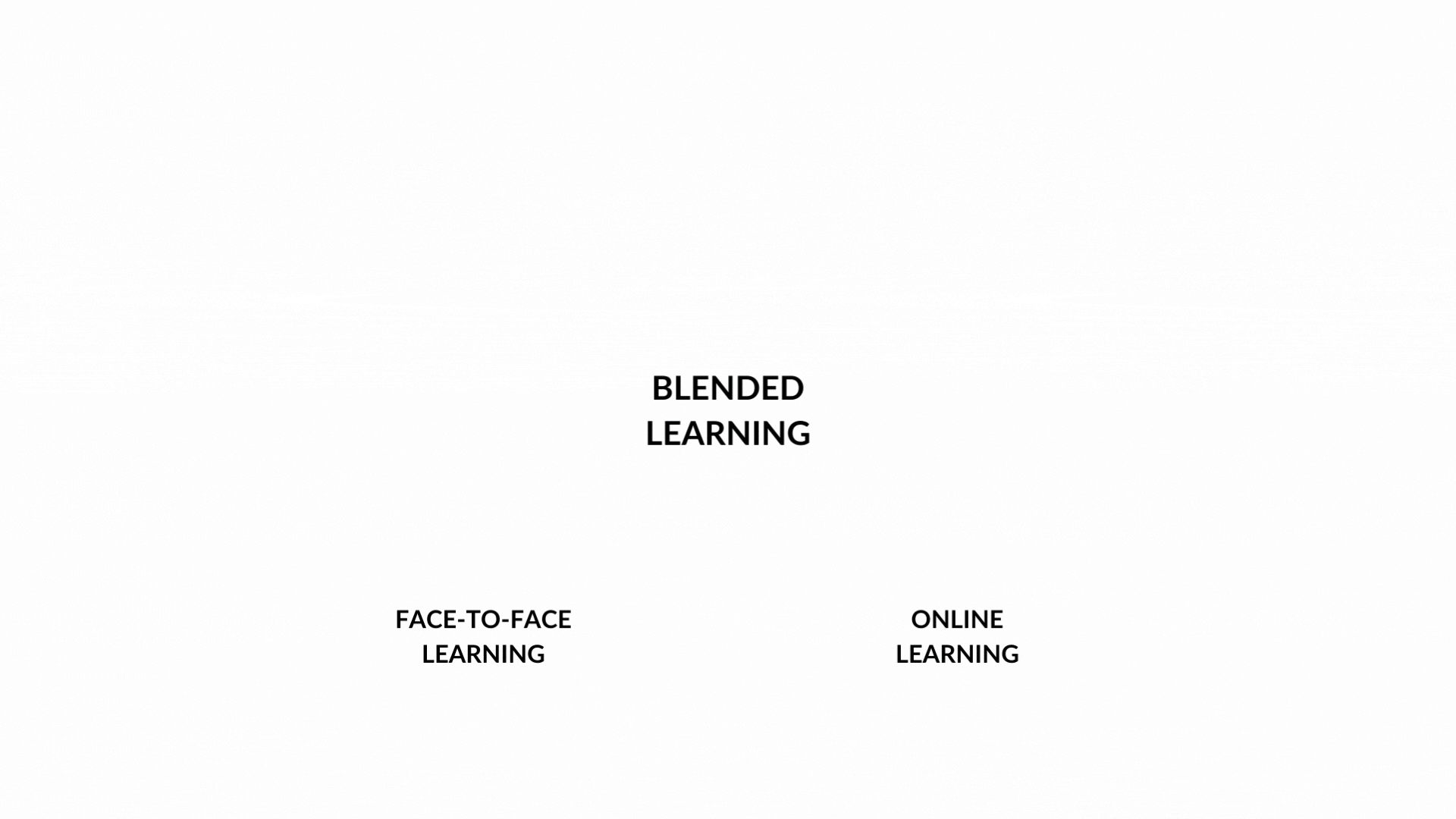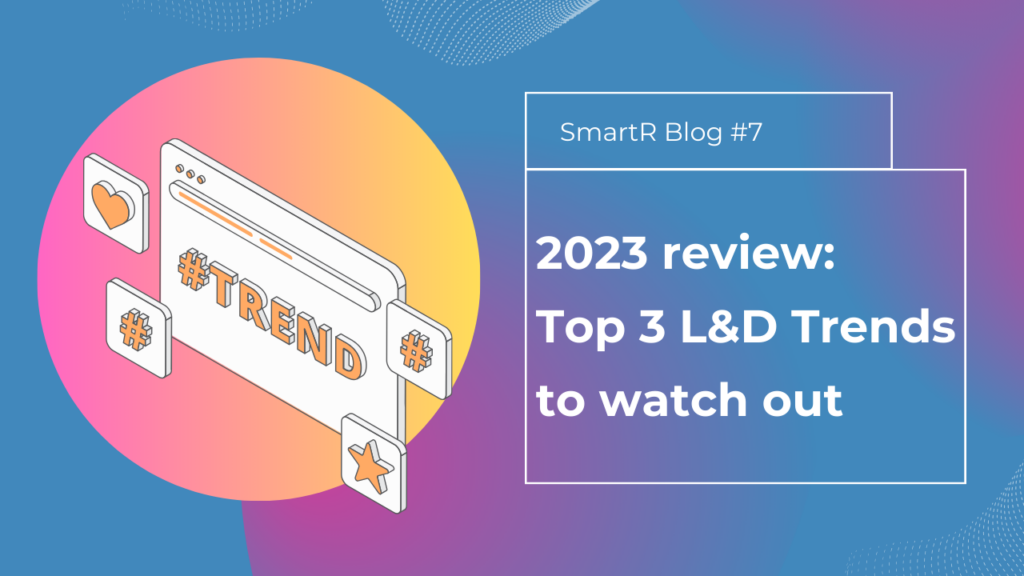The end of 2023 is an exciting time for L&D professionals, as they will catch up with the new trends in L&D to meet the dynamic demands of today’s workforce. In this blog, we will explore the top 3 L&D trends for 2023 to help you stay ahead of the curve.
#1 Continuous learning and Upskilling

After the COVID-19 pandemic, the labor market has been turbulent. Some businesses have laid off employees due to financial difficulties, which subsequently increases competition among employees. Employees need to constantly upskill and develop new competencies to avoid unemployment.
Many organizations recognize that one-off training has become obsolete for some businesses. The rapidly changing knowledge and skills landscape makes it difficult for one-off training to keep up, and the skills learned in one-off training can quickly become outdated. As a result, businesses make the shift from one-off training to lifelong learning. Employees must be aware of the values of lifelong learning. The more skilled and adaptable employees are, the more job opportunities and career advancement opportunities they will have.
In the coming year, L&D programs will continue to shift from one-time training events to a culture of lifelong learning. To make lifelong learning effective for employees, many companies are now using LMS software or talent development ecosystems to provide employees with access to the latest knowledge and skills while also encouraging continuous self-development. This includes providing employees with access to various learning resources, fostering a growth mindset, and integrating learning opportunities into everyday work experiences.
> Find the tool that can help you reduce time and effort spent managing training programs? EXPLORE NOW
#2 Micro-learning and Bite-sized modules
Another L&D trend to watch for in 2023 is that as in-person training sessions become less feasible, employees now prefer microlearning (on-demand, bite-sized learning modules that integrate into their workflows). Microlearning involves breaking down complex topics into small, digestible modules. Employees can complete these modules within minutes, making it easier for them to fit training into their busy schedules.
Microlearning is also an L&D trend for the following reasons:
- Mobility and accessibility: Microlearning is typically delivered online (through mobile devices, mobile learning platforms, and learning apps). This makes the contents accessible to learners anywhere, anytime. Especially for busy employees, such accessibility is highly appealing.
- Conciseness: Microlearning is typically direct and to the point, making it easy to digest. This is important in today’s fast-paced world, where learners have shorter attention spans.
- Personalization: Microlearning is tailored to individual learner needs and interests. This customization encourages learners to stay motivated and engaged.
- Cost-effectiveness: Microlearning is developed and delivered more efficiently than traditional training methods, making it a cost-effective option for businesses.
> Easily upgrade your training content to be interactive and gain more engagement. TRY iSpring Suite Max

#3 Blended learning revolution
The emergence of the blended learning is the result of the two previous L&D trends. Specifically, when employees are aware of continuous learning & upskilling, they have a demand for microlearning. Then, blended learning provide a suitable combination to allow employees learn effectively, with a high rate of application in practice and grasp the key knowledge.

This approach enables employees to unlock their full potential and personalize their educational journey. Blended learning is the key trend in L&D because it:
- Highly effective: Blended learning combines the best of both face-to-face and online learning, providing the flexibility and convenience of microlearning and bite-sized modules with the depth and breadth of traditional training courses.
- Saves costs: Blended learning helps businesses optimize training costs while also improving training effectiveness through the digitalization of training contents.
- Meets the diverse learning needs of learners: Blended learning provides flexibility for learners, allowing them to choose the learning method that best suits their needs and preferences. For example, learners can learn the basics of a topic through online microlearning courses, and then participate in in-person sessions to practice and apply that knowledge.
Conclusion
Some of the exciting L&D trends we mentioned include investing in blended learning, promoting continuous learning and upskilling, and applying microlearning. Incorporating the correct methods into these frameworks can ensure that the Talent Development programs are impactful and relevant.
Thank you for making this far into the blog. We hope you find this information helpful in staying ahead of the latest L&D trends.
